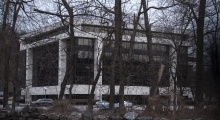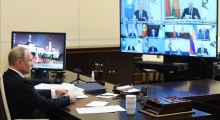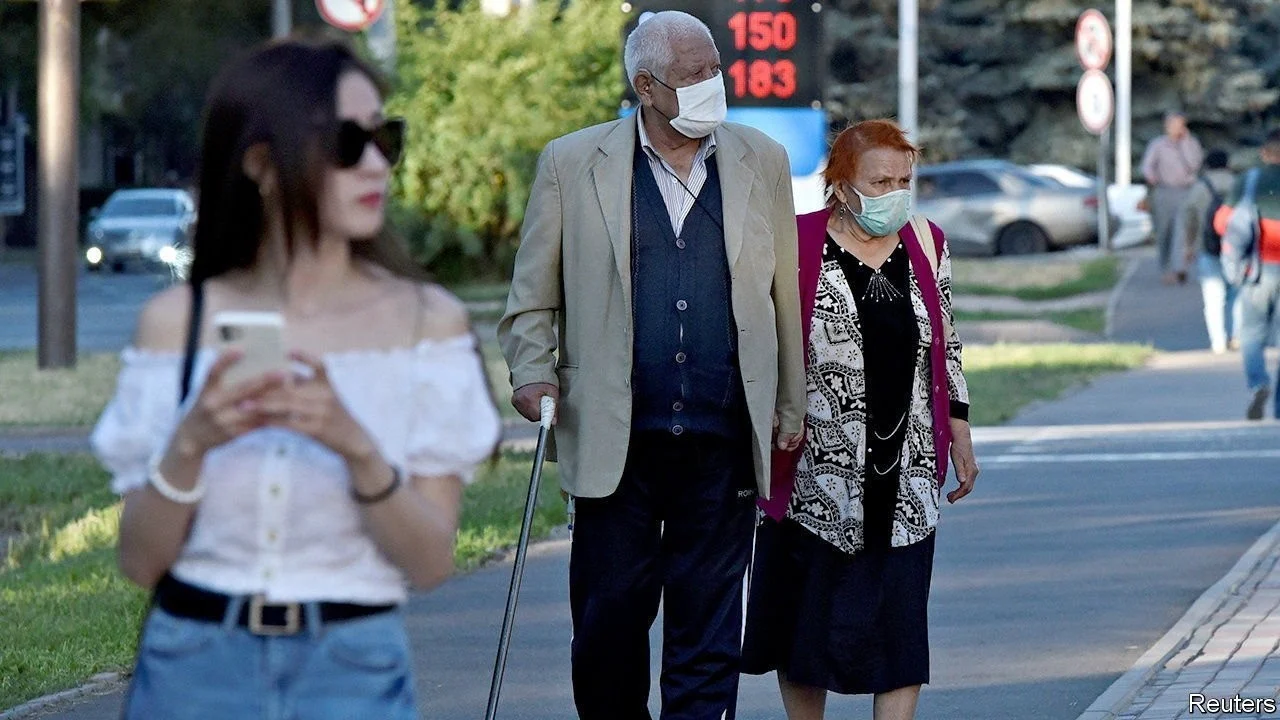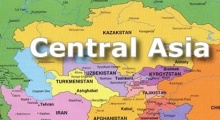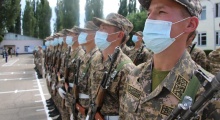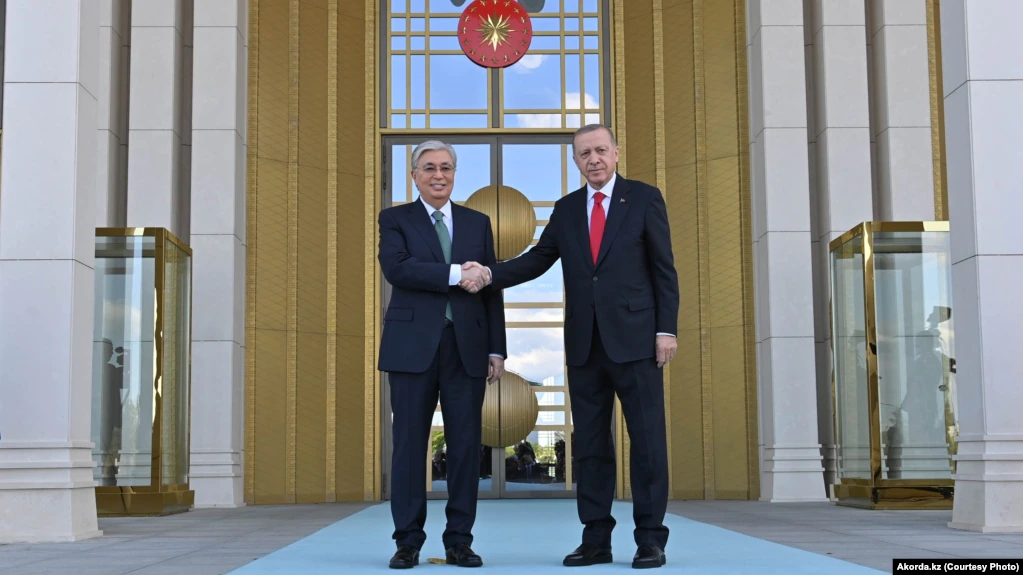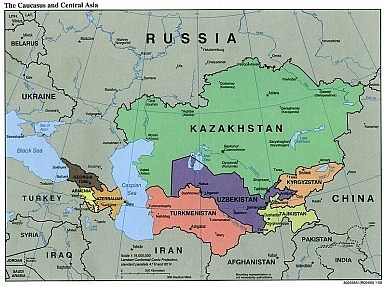 25 years after independence, which Central Asian and South Caucasian countries are the best (and worst) places to invest?
25 years after independence, which Central Asian and South Caucasian countries are the best (and worst) places to invest?
In 2016, all of the five Central Asian and three South Caucasian countries celebrated the 25th anniversary of their independence. Those two-and-a-half decades provided sufficient time for each state to form a new economic model, identify long-term development goals, and work out interaction patterns for both internal and external investors. Yet it’s a fact that almost all of the countries in these regions have failed to achieve major success in creating competitive, diversified, open economies, with effective protection for both private property and investor rights. In fact, doing so was not really a goal for regional countries — from the early stages of independence, they have mostly used to pre-existing economy and industrial heritage passed down from the USSR.
Today, none of these states can count on qualitative development, improving their social and economic situations, without the help of foreign investments and best practices and technologies. With this in mind, analysts at the Moscow-based Expert Center for Eurasian Development created an “Investment Appeal Map of Central Asian and South Caucasian Countries” based on their research. The main purpose of the study was to rate Central Asian and South Caucasian countries in terms of their attractiveness for investors, overall business environment, political stability, and guarantees of investors’ rights.
The evaluation was made according to an analysis of each regional country’s development, an assessment of the sustainability of current political institutions’ work, an assessment of economic potential, and an evaluation of the openness and “friendliness” toward internal and external investors. Almost all Central Asian and South Caucasian countries, including their major companies, are represented in leading country ratings like Doing Business, Moody’s, Fitch, Standard & Poor’s, and Transparency International. All these ratings are very important to understand a country’s overall attraction for investors.
Enjoying this article? Click here to subscribe for full access. Just $5 a month.
The macroeconomic indicators of Central Asian and South Caucasian countries are also really important for investors to understand the overall socio-economic situation, market capacity, and prospects for business development in general and in specific sectors. Interconnectivity (of lack thereof) with world markets and the level of transportation infrastructure development are important indicators of any state’s power to attract investment. For Central Asian and South Caucasian countries, this fact is even more important; of the eight countries, only Georgia has access to maritime trade routes.
Politically speaking, the availability of government-approved development programs and top-down strategies for economic growth, the degree of specificity and their applicability to the actual situation are vital for understanding the problem and prospects of regional economies. One of the most important factors of investment attractiveness is an assessment of political risks. This is especially important for countries with unstable political institutions. We analyzed the political situation in each regional country and evaluated its political stability and the predictability of political processes.
After an analysis of all these factors, the final ratings are as follows:
Kazakhstan took first place. Central Asia’s largest country by land area has a number of strengths: serious economic potential, a capacious market (17 million people domestically, plus access to the markets of other Eurasian Economic Union member countries), a legal framework focused on attracting investors, a complex of programs for developing the non-oil economy, and the creation of favorable conditions for investments in these spheres. However, the outlook for Kazakhstan is rather negative, because in the near- or medium-term there will be a power transition (current President Nursultan Nazarbayev is the oldest Central Asian leader at 76 years old).
Azerbaijan claims second place with the help of their significant resource potential; good transportation, accessibility, and transit opportunities; and relatively large market (9.5 million people). Politically, Azerbaijan emphasizes access to economic policy and has laid out set of economic reform measures, including diversification and actively courting foreign investors. The outlook of the investment climate in Azerbaijan is negative, due to the high possibility of escalation of the conflict in Nagorno-Karabakh, combined with the risks of growing socio-economic tensions.
Uzbekistan is in third, with its large interior market (more than 30 million people), diversified economy, personal resource base, and political stability in the wake of a recent political transition. New President Shavkat Mirziyoyev has outlined many plans for systemic economy reform and the creation of favorable conditions for investors. At the same time there is strong government interference in the economy, resulting in a non-liberalized currency market, frequent violations of investors’ and entrepreneurs’ rights, corruption, and an ossified bureaucracy. Uzbekistan also remains underdeveloped, with low purchasing power. Given the government’s stated plans the outlook for Uzbekistan is positive.
Georgia took fourth place. Its strengths include favorable conditions for doing business, an advantageous transit location thanks to its Black Sea coastline, a relatively diversified economy, sufficiently skilled labor force, and strengthening economic and migration links with the European Union. However, Georgia has deep structural problems in its economy due to the severance of relations with traditional economic partners, the presence of unresolved foreign policy disputes (situation with Abkhazia and South Ossetia and conflict with Russia), poor resources, low production efficiency, and the risks of social protests. The outlook for the investment climate of Georgia is neutral, which means that there will be no serious changes for better or worse.
Kyrgyzstan is in fifth. The country boasts relatively liberal legislation and its government has worked to create favorable conditions for investments. The republic is a good source of inexpensive labor and has favorable conditions for agriculture, light industry, and tourism development. Kyrgyzstan is also a member of the EEU. At the same time, state interference in the economy has set a number of serious precedents, creating difficulties for foreign investors in the implementation of projects through multiple revisions of early agreements with foreign investors. The lack of political continuity and high risks of political instability are also serious concerns, along with the spread of Islamist ideology. Kyrgyzstan also suffers from a small internal market and low-skilled labor force. The short-term outlook for Kyrgyzstan is negative due to the forthcoming elections in 2017 and current uncertainty over the future political direction.
Armenia placed sixth, with a relatively diversified economy, sufficiently qualified labor, and a relatively favorable investment climate. At the same time there are some high foreign policy risks for the republic, most notably the threat of armed conflict with Azerbaijan. Investors in Armenai also need to be wary of the transportation blockade, insignificant resource base, social contradictions, and risks of political destabilization. The investment outlook for Armenia in negative.
Tajikistan took seventh place in our ratings. On the positive side, the country can offer inexpensive labor, mineral wealth, and a favorable climate for agricultural development. However, the republic is characterized by underdeveloped infrastructure, a limited domestic market, and high risks of political destabilization. Thanks to corruption and bureaucratic red tape combined with government intervention in the economy, there are few real mechanisms for entrepreneurs to protect their rights. The outlook for Tajikistan is negative.
Turkmenistan comes in last, in spite of the availability of large hydrocarbon reserves, transit potential, political stability, and economic continuity. Turkmenistan’s political model allows the authorities adopt measures to reform the economy and maintain stability in society. However, firm political control also implies potential interference in any economic activity in the country. The country is characterized by weak protection of property rights, high corruption and bureaucracy, economic dependence on hydrocarbon exports, and a risk of destabilization due to the crisis in Afghanistan. The outlook for Turkmenistan is negative.
As we can see from the ranking, major regional players Kazakhstan, Azerbaijan, and Uzbekistan — wealthy in natural resources — are the economic leaders. They have the resources to diversify their economies, and sufficiently large domestic markets. At the same time, Georgia is a positive example of a country using reforms and transit potential to attract investment despite extremely modest internal resources.
Of course, this rating is relative, since only regional players were considered, without comparison to more experienced market economies from the EU or Southeast Asia. Nevertheless, there is a clear break between the leading countries, with clear, ambitious goals for long-term development, and countries who are trying to preserve their own conservative and closed development model. The Central Asian and South Caucasus countries, with relatively equal starting positions 25 years ago, today have completely different standards of living and vary widely in the pace and, more importantly, the quality of economic development.
New global projects such as Silk Road Economic Belt and Eurasian Economic Union give to countries of the region new opportunities for economic development and entry into new markets. Economic success in the future will depend on whether regional countries manage to seize the given opportunities.
Stanislav Pritchin, Ph.D., is head of the Expert Center for Eurasian Development (ECED), and Research Fellow at the Central Asia and Caucuses Research Center, Institute of Oriental Studies, Russian Academy of Science.
The Diplomat, 4.04.2017




